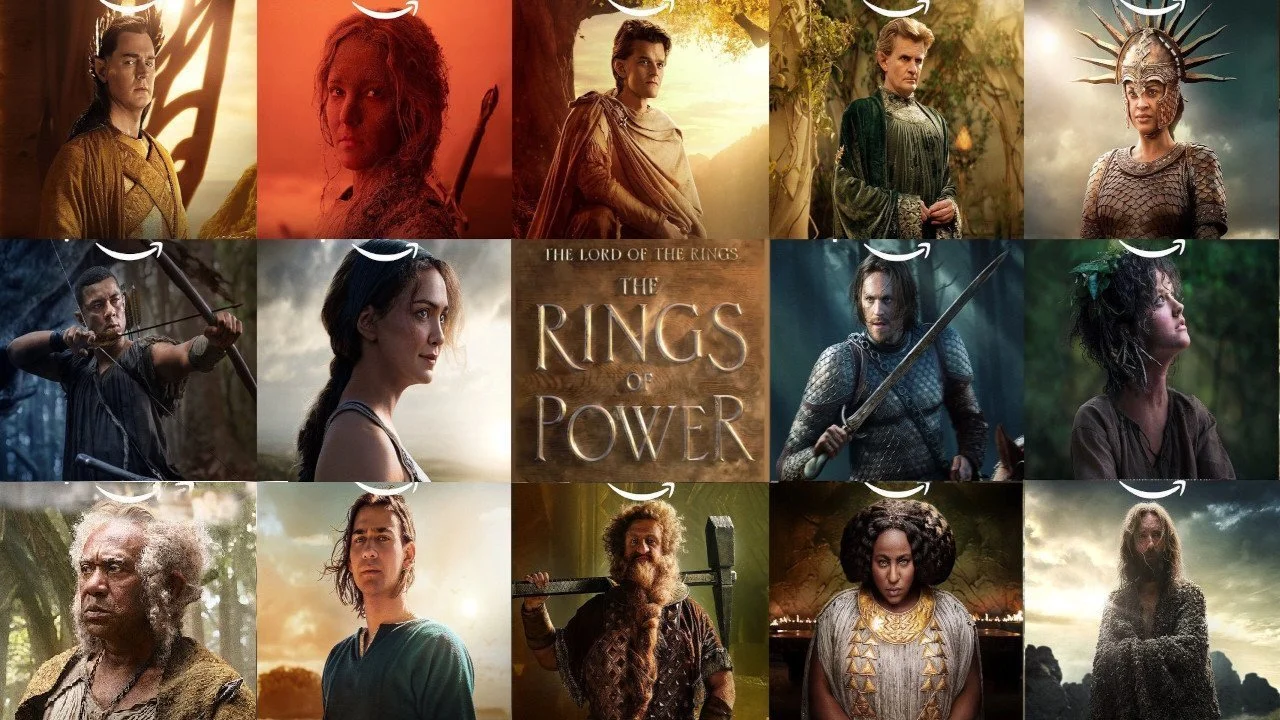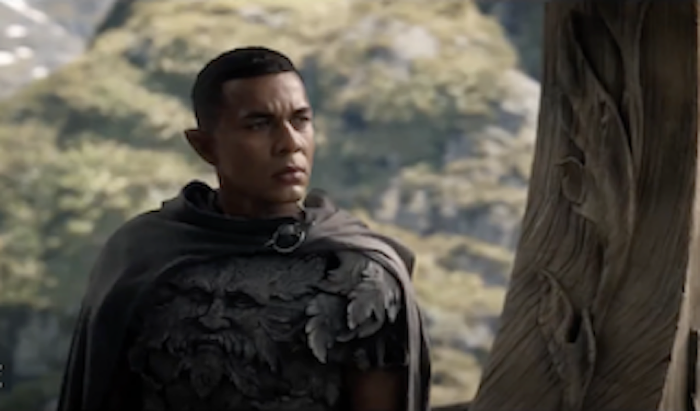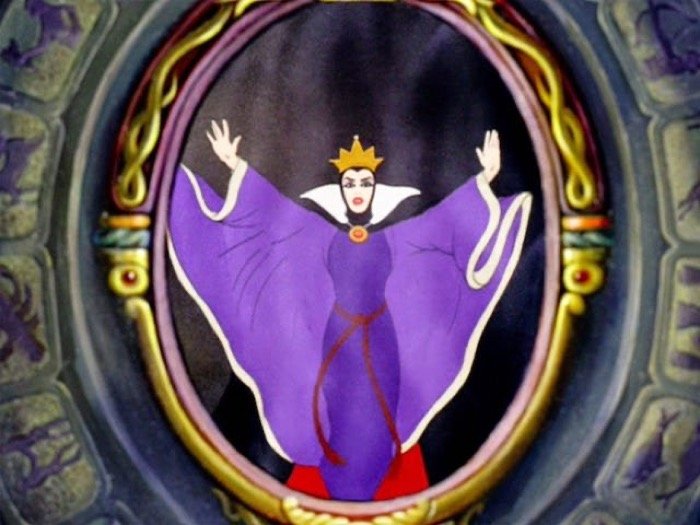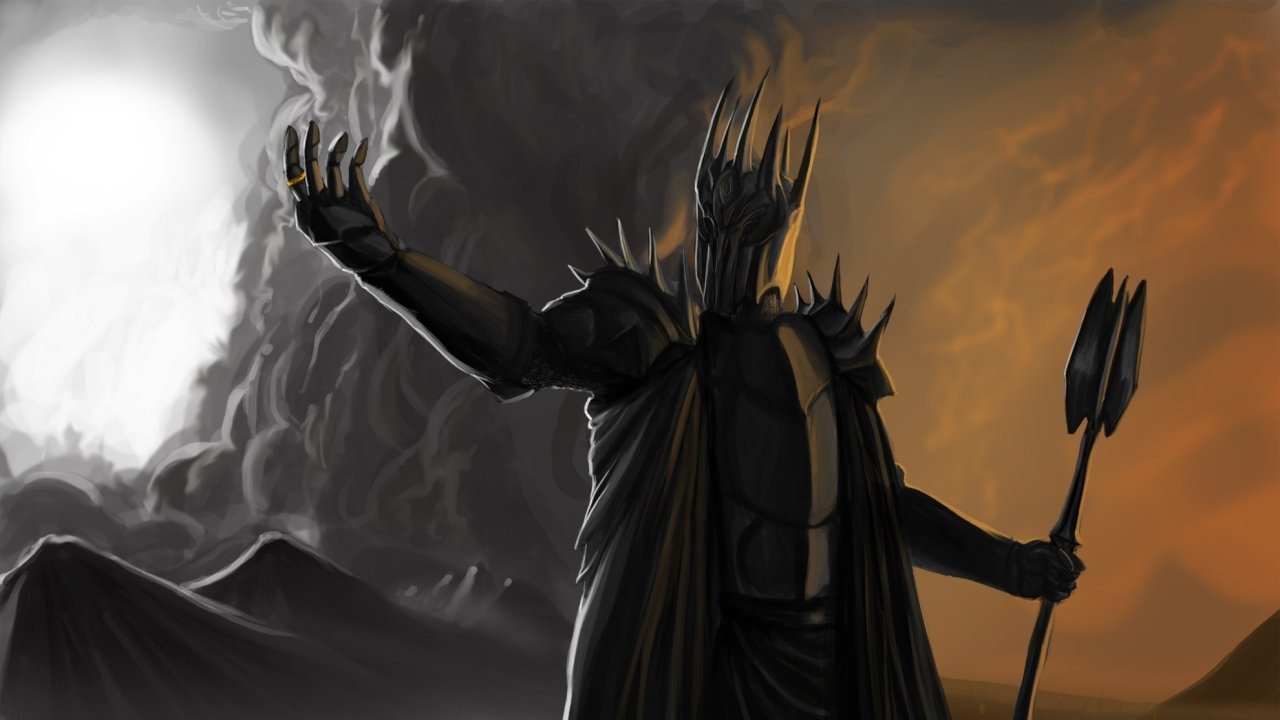'The Rings Of Power' And Race: Artist's Vision Or A More Modern Take?
Image Source: CultureSlate
Anyone who is a fan of fantasy books, shows, and movies, especially Tolkien’s works, and with somewhat of a presence online, would have to be incredibly lucky to have missed the discourse that has consumed coverage of the new show The Rings of Power. In another era of global television, this kind of discourse would likely have never happened due to casting choices, or people would sweep it aside or continue in ignorance.
This is a new era.
The issue of diversity in the cast of The Rings of Power is all over the internet, and the issue stems from racist criticisms of the casting. The blatantly racist comments aside, many who are displeased with the portrayal of the characters are relying on a common trope of “artist’s vision” as a means of veiling their criticism of the casting choices. Others acknowledge diversity exists in Middle-earth, but in certain regions, where darker skinned peoples would live, in another weak attempt to try and dodge the label of racist. Then there’s the whole “forced diversity” defense.
RELATED:
Psychologically speaking, a case could be made that these strategies are a sort of cognitive dissonance. They’re trying to shield themselves from the shame of what they really believe. They know the stigma society at large places on such labels, but their thoughts conflict with that reality, so they create weak narrative justifications to avoid the stress that comes with thoughts that are so wildly inaccurate and inappropriate compared to society.
Aside from the clearly racist beliefs, it’s also worth talking about whether or not the artist whose vision they claim is not being respected, Tolkien, actually specified enough for them to rely on their point.
The short answer is no. Tolkien did not specify species-wide skin-tone characteristics.
The long answer is even better.
First, it’s prudent to start with a semantics discussion.
Image Source: Geek Tyrant
The word “fair” has been cited often as definitive evidence that Tolkien, who used the word sometimes to describe some elves, but an analysis of the etymology of the word, Tolkien himself, and its use in describing the Elves will show that “fair” in this instance doesn’t mean pale skinned, but rather something else. In addition, it will be important to point out that the “fair” defense perpetuates racist sociological constructs.
Fair has been a part of the English language for quite some time, and at one time, it meant something beautiful, delicate, or soft. At some point, but it seems to coincide with the European colonization of the world, fair came to be associated with whiteness. Now, this would seem to be a damning piece of evidence, but there are a couple of things to consider. For one, Tolkien himself was a scholar of the English language, specifically Old and Middle English. He would be extensively familiar with older uses of the word, and if you examine the stuff he wrote, like the Silmarillion, it’s clear which form he uses. You know, context clues, like we were taught in grade school.
For example, when the Valar first come across the Elves, they “were stronger and greater than they have since become; but not more fair, for though the beauty of the Quendi [Elves] in the days of their youth was beyond all other beauty that Iluvatar has caused to be, it has not perished, but lives in the West, and sorrow and wisdom have enriched it.” (The Silmarillion, p. 46). It’s clear that Tolkien referred to an older meaning of the word. He certainly wouldn’t be saying that they got more or less white, just as the Mirror On The Wall in Snow White didn’t mean Snow White was the whitest in the land. Tolkien is referring to the older meaning of “fair.”
Image Source: Insider
The “fair” argument doesn’t hold up, but what it does do is highlight ignorance and racism. “Fair” did come to be associated with whiteness while still keeping its connotations of beauty. In time, standards of beauty became associated with whiteness, and it’s an issue that persists to this day, with these same standards being applied to the descriptive qualities of beauty for people of color, judging their looks by the standards that had become associated with white beauty. So, when these “fans” use the “fair” argument, they are perpetuating the racist history of appearance standards.
Now, understanding Tolkien’s history illustrates the futility and ridiculousness of these criticisms.
Tolkien was born in what is now South Africa in 1892. Tolkien lived there until about the age of three. He went to England with his mother at that time. By the time of the First World War, he was in college. He avoided the first year due to his education, but upon graduating, he entered the service. After 11 months of training, Tolkien was deployed to France and saw some of the bloodiest combat the war had to offer in the Battle of the Somme. Fortunately, Tolkien was counted among the lucky when he came down with Trench Fever. He was sent back to England for recovery.
However, during the time he served there, Tolkien would have been familiar with images like this:
Indian Soldiers at the Battle of the Somme
Image Source: National Army Museum
England utilized soldiers from across its global empire, to the point that almost three million people from across the empire worked and fought for the British. Tolkien would have seen the diversity of the empire, people from all over the world that were not white, fighting and dying alongside him and his friends.
Though he was likely no stranger to people of other cultures and races serving in the army, he did not spend long in France — he spent the rest of it recovering — but there are further details about his life that point out that Tolkien knew that people of a country are not monolithic. He was not only a scholar of English, but he was also a student of language itself. From a young age, he encountered and made up new languages. It turned into a fascination for him, and to make a language with the skill he did, and extensive knowledge of how languages form is necessary.
With that knowledge, he would also know that cultures, and likewise people, are not restrained by borders drawn on a map. He would be intimately aware of how fluid they are and when people from different places interact, inevitably those interactions can lead to a blending. The mixing of cultures and languages and people is rife throughout human history. Tex-Mex, Afro-Caribbean languages, Ancient Egypt. Tolkien himself would be acutely aware that Modern English is a derivative of an older, Germanic root language, and its syncretic nature, incorporating words from other languages, like Latin, Greek, and Arabic.
Consider, also, the other argument some use. There are cultures in the south of Middle-earth that are of darker complexion, therefore that can satisfy the diversity element. Putting aside the desperation this portrays, this argument also presumes that people don’t move around or interact with anyone outside their regions. Middle-earth must have been a pretty dry place with no economy to speak of if that’s the case. What about the Harfoots? They’re nomadic, and Tolkien described them as being brown of skin.
Lastly, others have tried to use melanin as an argument against the show’s casting. This just gets silly now. They argue that Dwarves should be some of the whitest in the show, living underground away from sunlight. Dwarves are, according to Tolkien, carved from the rock of mountains themselves by one of the Valar. Is this really the point they want to make, debating the way melanin works with fictional beings that were said to be sculpted from stone? These detractors also like to point out the fact that Tolkien originally started writing The Lost Tales as an attempt to create a mythology for England, and England is white. While this ignores the sizable multi-racial population in England currently and historically, it fails to take into consideration that he had to create one, as in making it up. Like everything else he did regarding Middle-earth, it’s all made up.
Image Source: CNet
Is this all really forced diversity? Through all the above, if they persist, they’ll then have an issue when diversity is “forced down their throat”, or comes off as an “agenda.” They’ll talk about how they don’t care about race but the writing is bad. This sort of reasoning falls apart with a simple line of inquiry. When confronted with that accusation at the show, the single best response is just to ask them how the color of the skin changes the story at all. Truly. Anyone who reads understands that story comes through character decisions. So, the truth of it is, is that these kinds of comments come from people who don’t want diversity. They hide behind a sudden expert knowledge of what is and isn’t good writing. So, why is it forced when the people we see on screen simply reflect the reality we live in? Why is it forced when the people who audition and even get the role are not all white? Why is it forced when people make decisions to bring in people who aren’t white? Why does there have to be an agenda when a person of color is in a role that is not explicitly supposed to be white? The world isn’t completely white. More people in the world are not white.
With all of that said, there’s no reason that Elves, Dwarves, the Harfoot, or anyone in the show can’t vary in skin color just as we do. Tolkien lived in and understood a world where cultures and people were not monolithic, and he created a world in the same manner. The racial criticisms of the depictions in the show only highlight the racial biases that still pervade our society today.
READ NEXT:
Source(s): The Silmarillion, NPR, CultureSlate, Wikipedia







